Winter Crop Sowing Outlook
By Georgia Campbell
16th April, 2024
The window for winter crop sowing is now underway across large parts of New South Wales and Queensland, with Victoria not far off starting. Above average summer rainfall across large parts of the east coast has allowed for sufficient buildup of sub soil moisture reserves, and New South Wales is experiencing an exceptionally well-timed seasonal break. Growers are cautiously optimistic for another productive season. The ABARES March 2024 report forecasts a 2% rise in the nominal value of crop production to $49 billion. This increase is largely led by higher volumes of wheat and barley, totaling approximately $400 million, with favourable weather conditions supporting larger growing areas. This increased production is likely to offset lower prices currently being seen in Australia. Wheat prices are forecasted to remain low for the remainder of 2024, barring any major issues, given large levels of supply available globally.
Canola production is also forecasted to increase by approximately $300 million in 2024-2025. Like wheat and barley, this is due to an expected increase in production, rather than increased commodity prices, largely due to improved yields via genetically modified hybrid canola varieties. The overall planted area will be determined by the timing of rainfall at planting and expected gross margin returns. The forecasted planting area is expected to rise by 1% for a total of 3.5million hectares this season, which would make it the second largest area on record. One uncertainty underpinning this prediction is the timely sowing rainfall required in Western Australia. WA is currently experiencing drier than normal conditions for this time of year, with persistent dry weather having been experienced since 2023. As a result, many growers in the west are waiting to commence sowing, looking to make the most of the sowing window. It is expected that Australian Canola prices will remain steady over 2024-2025, with increased global supply reducing demand in the short term.
All eyes were turned to the Bureau of Meteorology’s (BOM) first winter forecast late last week. The BOM modelling is showing the potential for the warmest winter on record across Australia, Ith the report suggesting minimum and maximum temperatures are likely to be 1-2 degrees Celsius above the long-term average. Social media weathermen are strongly supporting the end of El Nino at the end of April 24. The BOM is playing down the chance of a La Nina developing, but not writing it off entirely. The BOM forecast at this point is for a 50:50 chance of it being not wetter or drier than average, but should Pacific Ocean water temperatures decrease, this will strengthen the chance of a La Nina event.
In summary, growers have been patiently waiting to fire up tractors for the glorious time of year that is winter sowing. Growers are quietly optimistic, with some describing this as the best-timed autumn break, they have ever seen. While global demand is keeping commodity prices lower than in previous years, it is expected that yield potential will make up for these lower prices. Lastly all eyes will be keeping watch on the weather apps hopping for in crop rainfall to follow on the same timely pattern as the autumn break.
Rain- A Double Edged Sword

The Easter Bunny delivered more than just chocolate eggs this year, finding time in the schedule to deliver a weather system that has ultimately provided most of the east coast with varying degrees of an autumn break. For those gearing up for a winter crop plant, the rains ....
Read MoreCanola Prices Rally Amid Global Factors
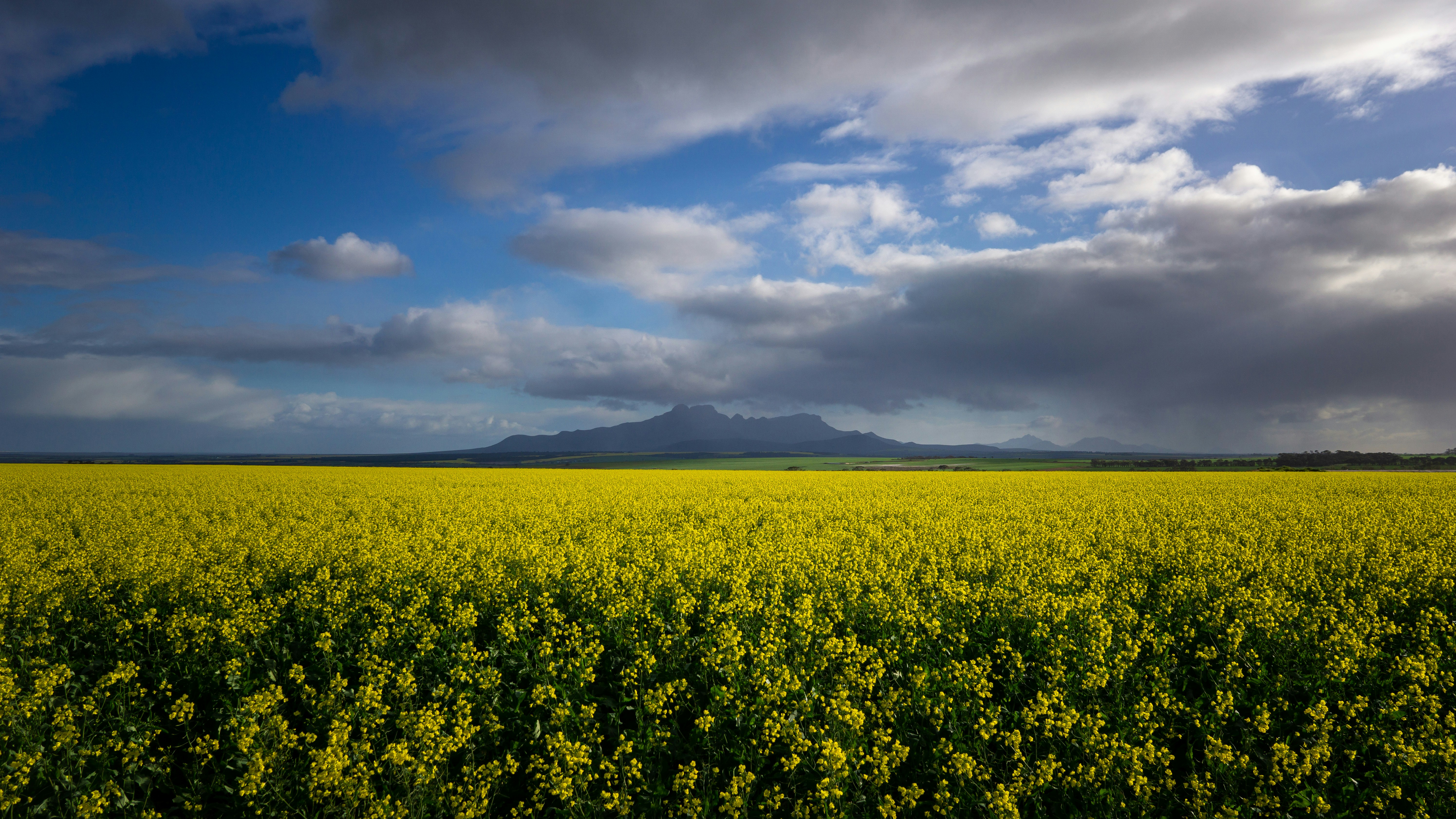
Last week we saw more canola sellers come out of the woodwork as prices continued to rally for canola, recovering to levels not seen since mid-November. A number of factors contributed to the rally, fueled by Stats Canada reporting a 3% decrease in expected planted area....
Read MoreU.S China Wheat Trade Tensions Drive Market Decline
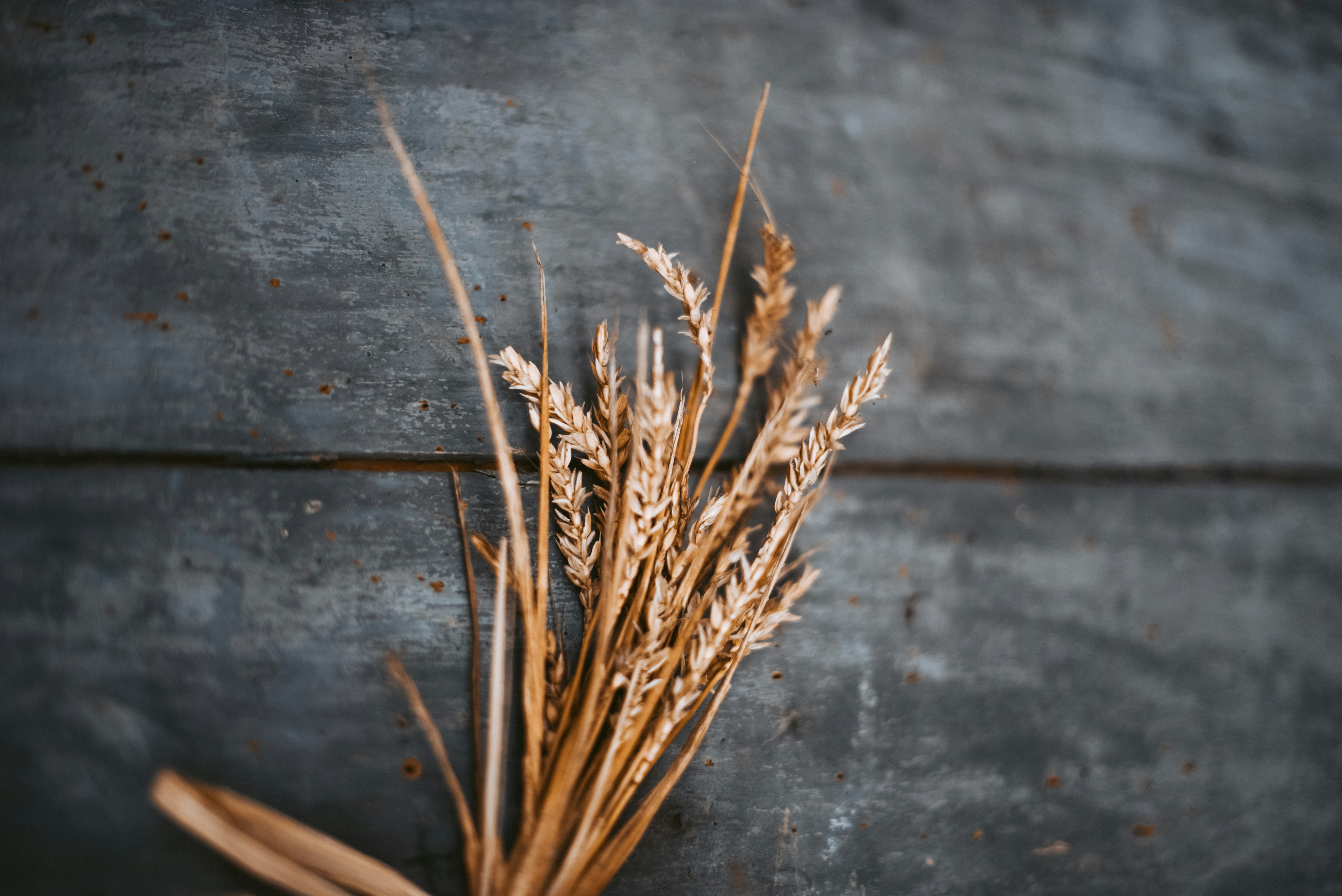
US wheat led the falls on the news developing that China has supposedly cancelled or rolled several Australian wheat cargoes, adding to the cancellation from US exporters last week. The ASX May wheat contract was down A$3/t to $318.50/t on Friday as the responded to reports of China cancellations......
Read MoreCommodity Market Trends
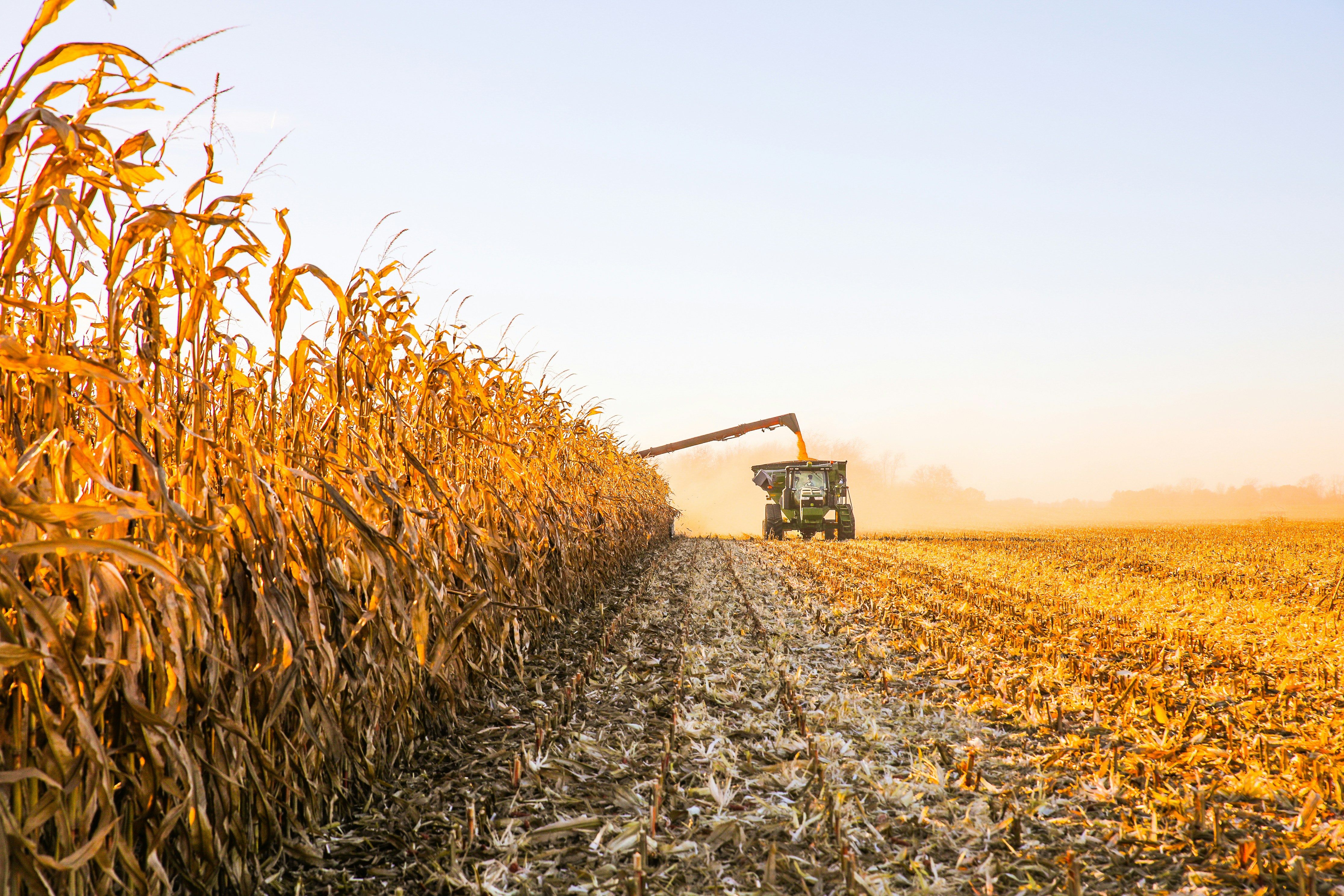
Values for most commodities have been on the slide in recent weeks, some more so than others. Depending on your location, wheat is down anywhere from $50-$80/mt since harvest, barley down slightly and canola, whilst it has had its ups and downs is also below prices seen at harvest...............
Read MoreTechnology aids decision making
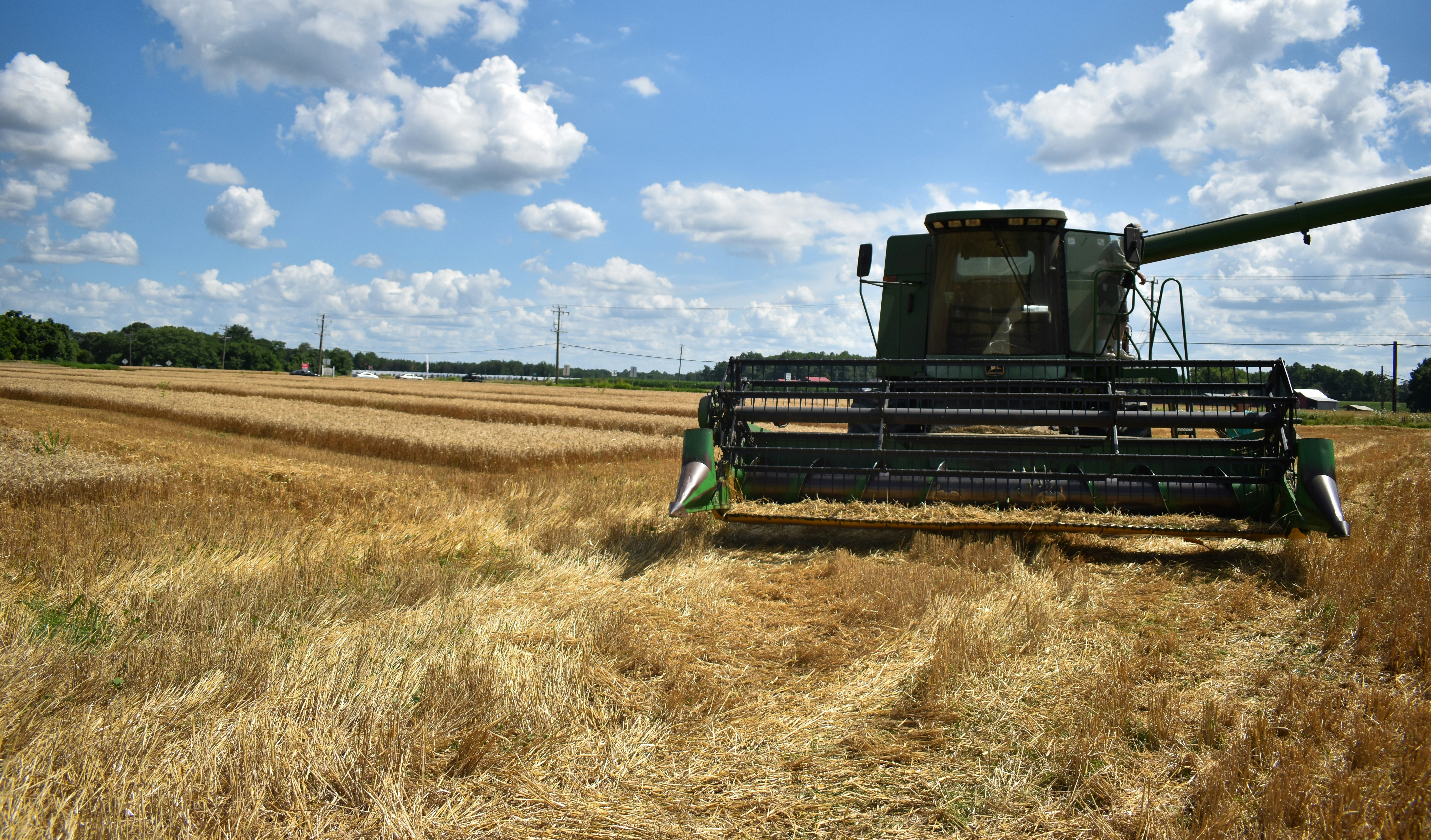
With Summer coming to an end and Autumn upon us, growers along the east coast have turned their attention to the 24/25 season and are beginning to put their cropping plans in place. With commodity prices fluctuating more than ever, the decision-making process around how growers decide to sow which crops, has become one of great interest..............
Read MoreGlobal pressure weighs on grain markets
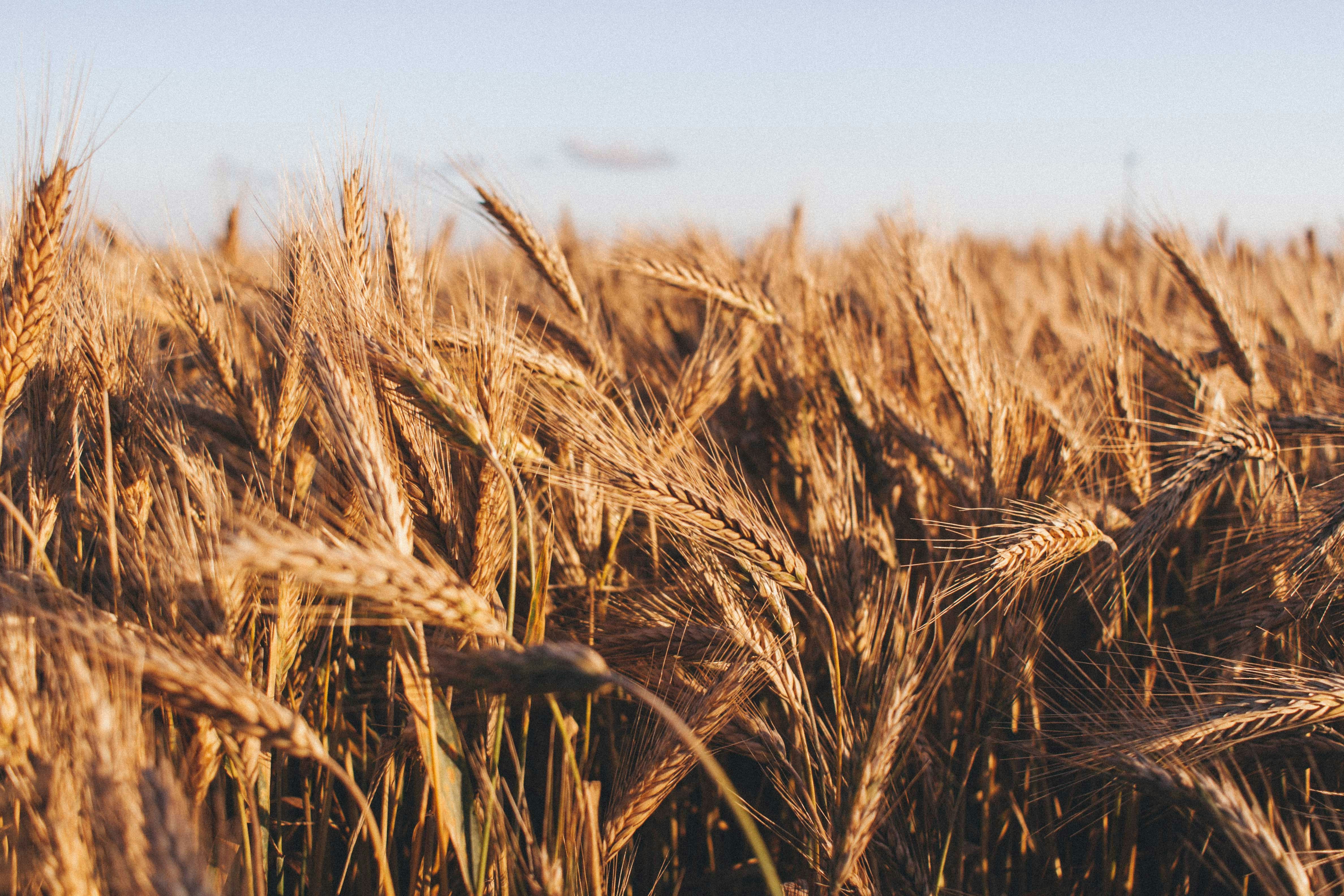
Grain Growers have been alerted to lower pricing prospects in recent times as we continue to see wheat prices dip since the start of the year. This is in line with general pressures in the grain markets caused primarily because of a massive corn crop..............
Read MoreUS grain report hits Australian prices
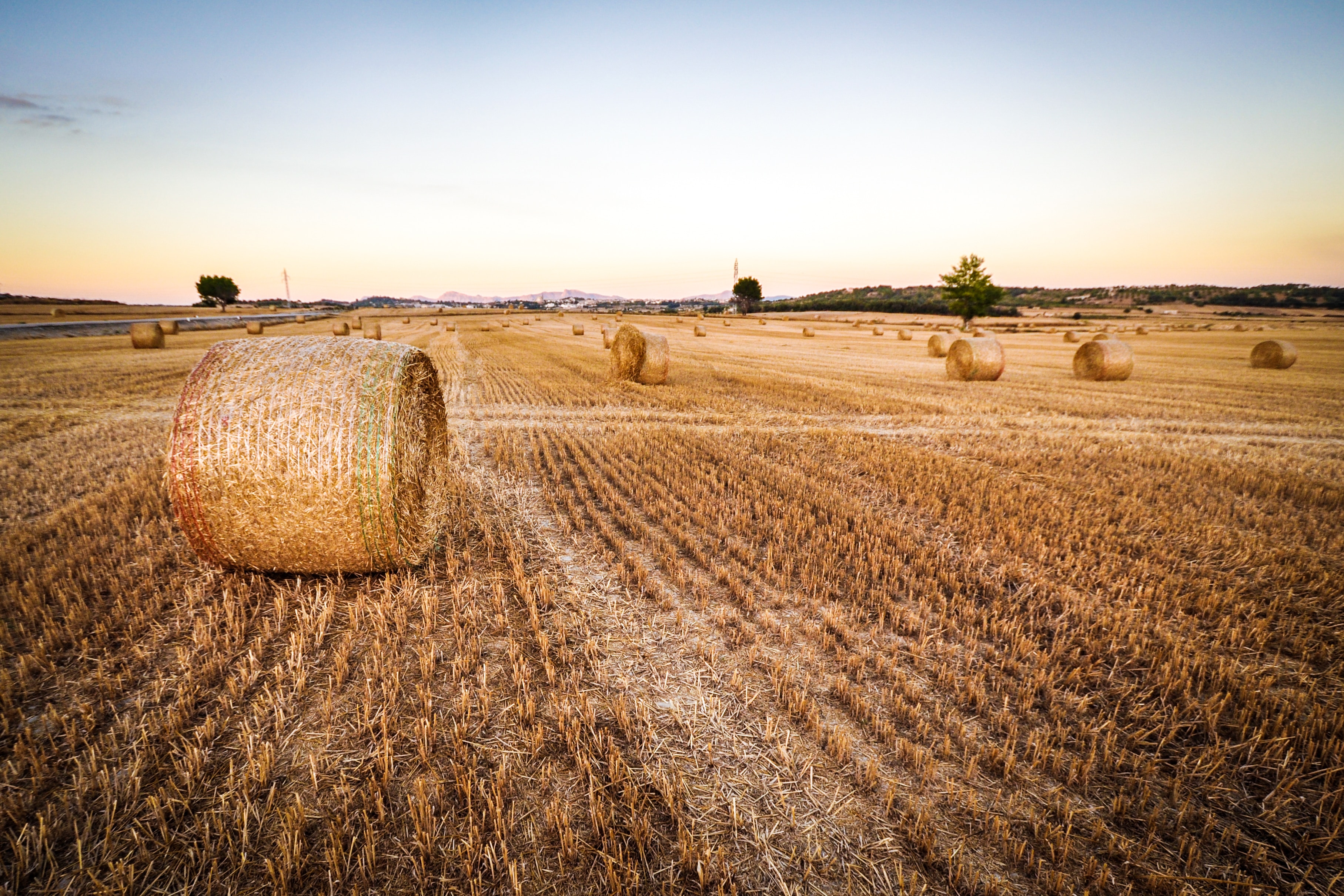
Harvest has finally wrapped up across the East Coast, with the final headers shutting down in late January. All grower attention is now focused on moisture retention and ground preparation for winter crops, with only 6-8 weeks until the first early winter crops are sown............
Read MoreThe role of Carbon Markets in the Australian grain industry
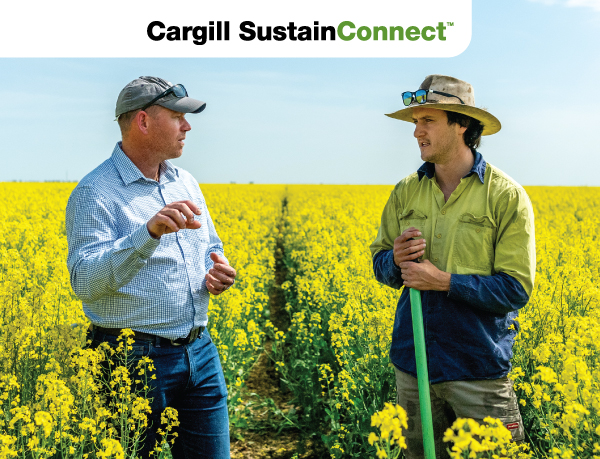
In the context of climate change, agriculture provides both a challenge and an opportunity. As the agricultural sector, and its customers in the food manufacturing industry, explore sustainable solutions to meet their climate goals, the concept of carbon insets in agriculture emerges as an opportunity to reduce greenhouse gas emissions and remove carbon from the atmosphere............
Read MoreFortune favours the prepared
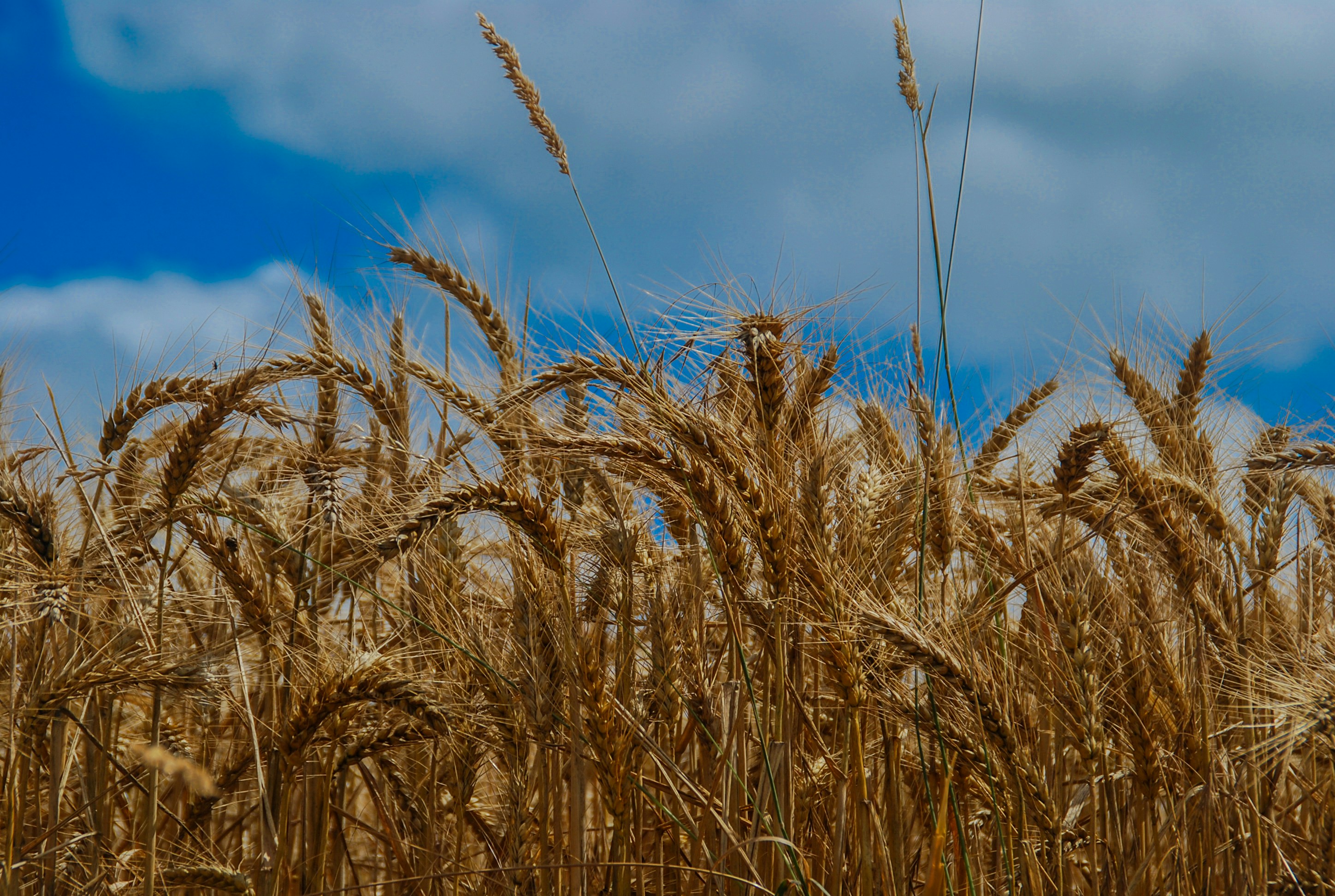
With recent global weather models suggesting an end to our somewhat confusing El Nino year and increasing the chance of a return to a typically wetter La Nina period, expectations are growing for a good supply of in-crop rainfall through 2024...........
Read MoreUS grain report hits Australian prices
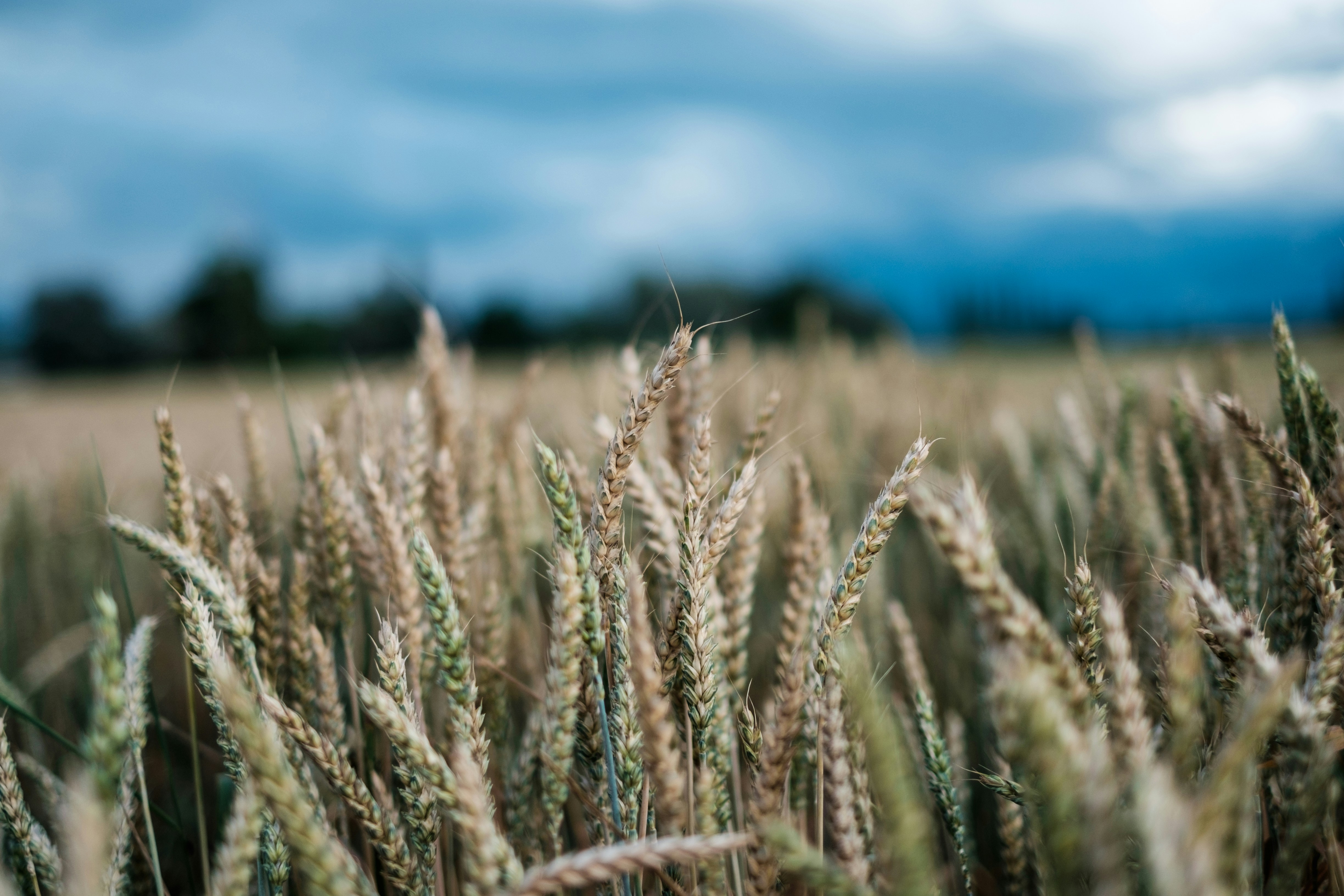
Harvest has finally wrapped up across SA after a long and weather affected last part of what was a pretty decent harvest with excellent quality for the most part..........
Read MoreWA Market Wrap 20/02/24
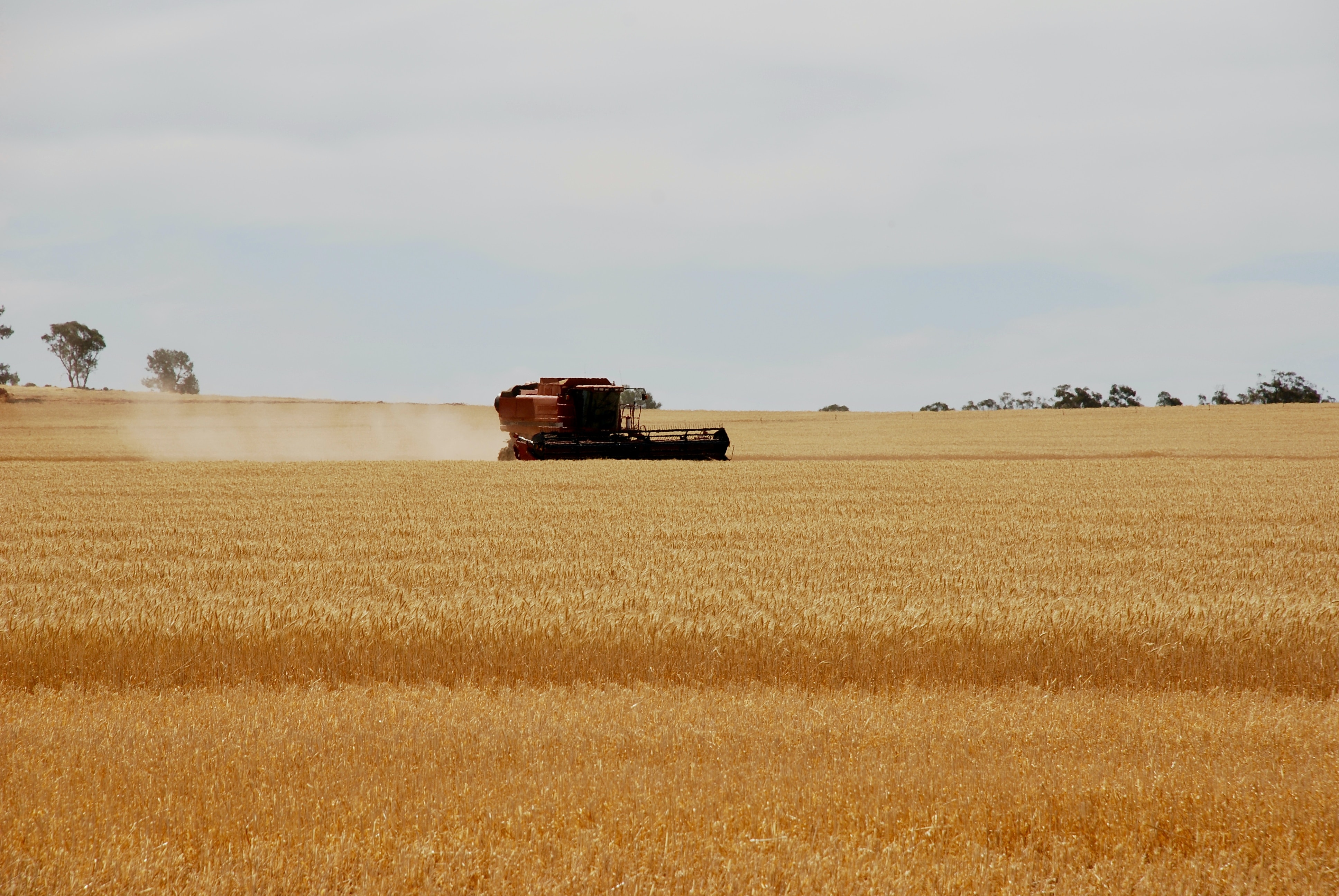
The 23/24 WA grain harvest was over in a blink of an eye, particularly for the northern and eastern wheat belt where headers powered over the light crop, finishing in the first week of December..........
Read MoreA peek at how 2024 kicked off
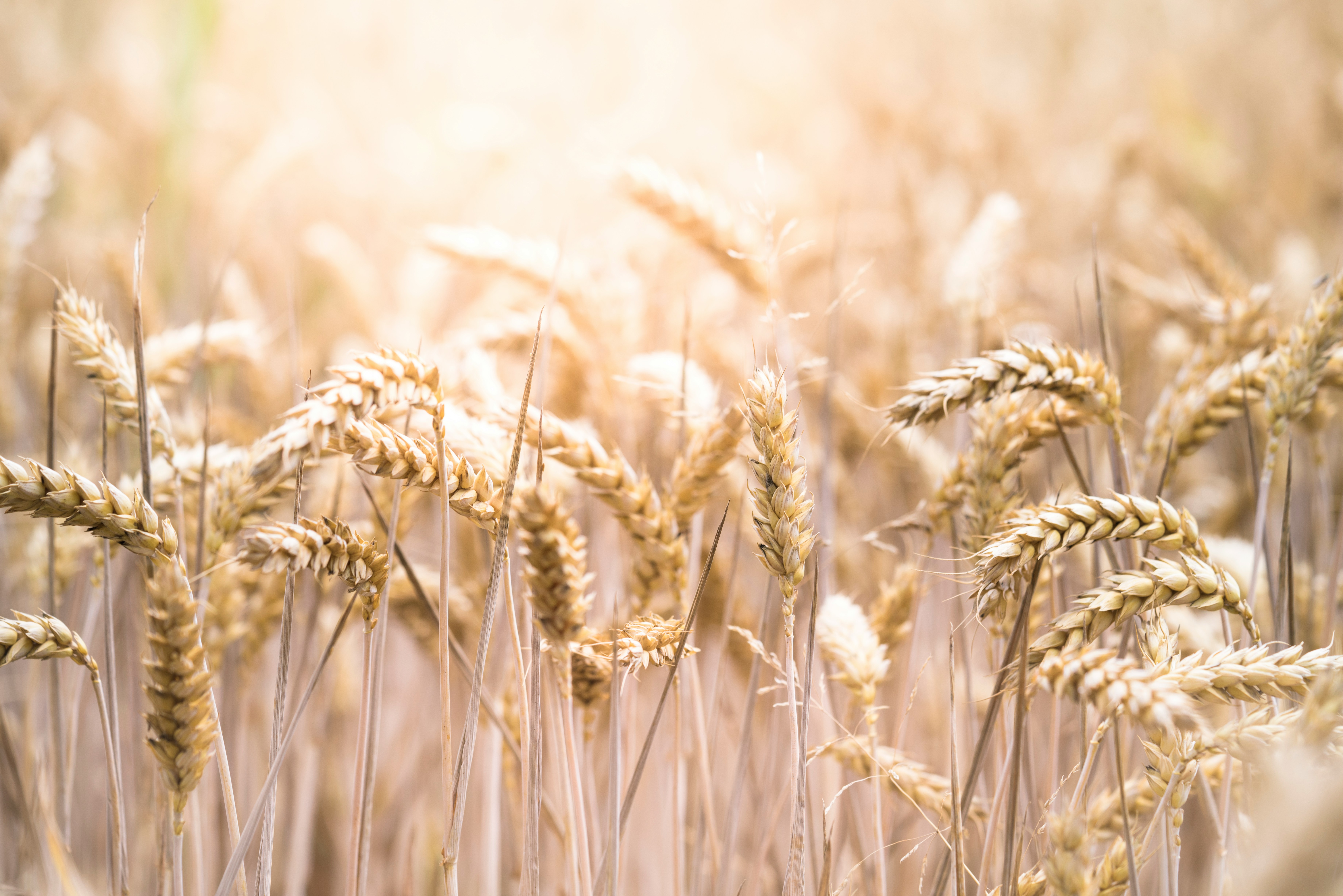
With a scorcher this week across northern NSW and Southern QLD, the possibility of yet another cyclone bringing rain to central Queensland, those famous words “Droughts and Flooding Rains”, never seem truer than the start we are having to 2024............
Read MoreSorghum Update: Growth, Challenges and Global trends.
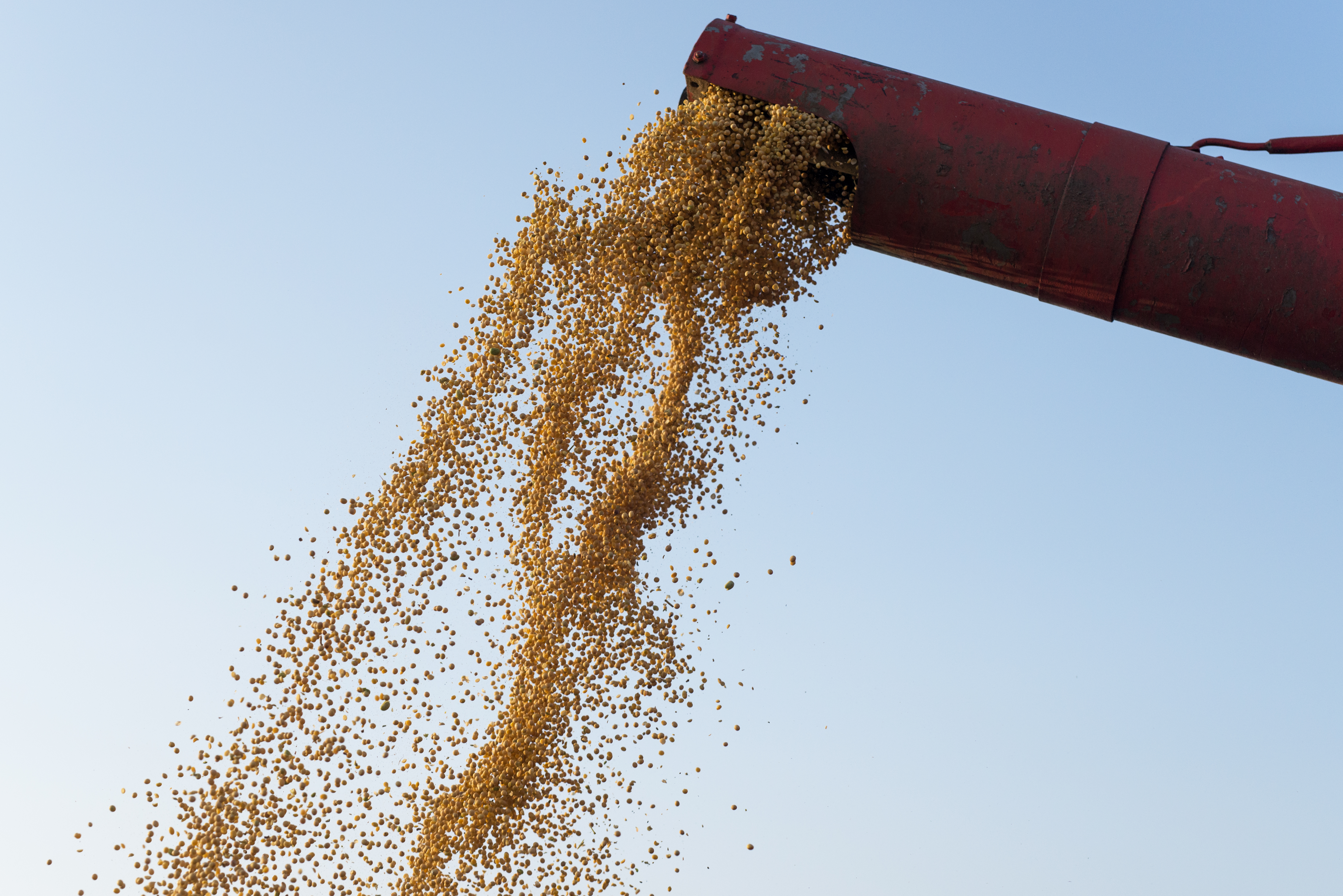
Abundant December rainfall has led to prosperous sorghum crops in the Darling Downs, with expectations of at least average yields, challenging the initial forecast of 21% decline in sorghum planted area for 2023–24 due to well-below-average soil moisture levels..........
Read MoreWheat quality holds up against widespread rain.
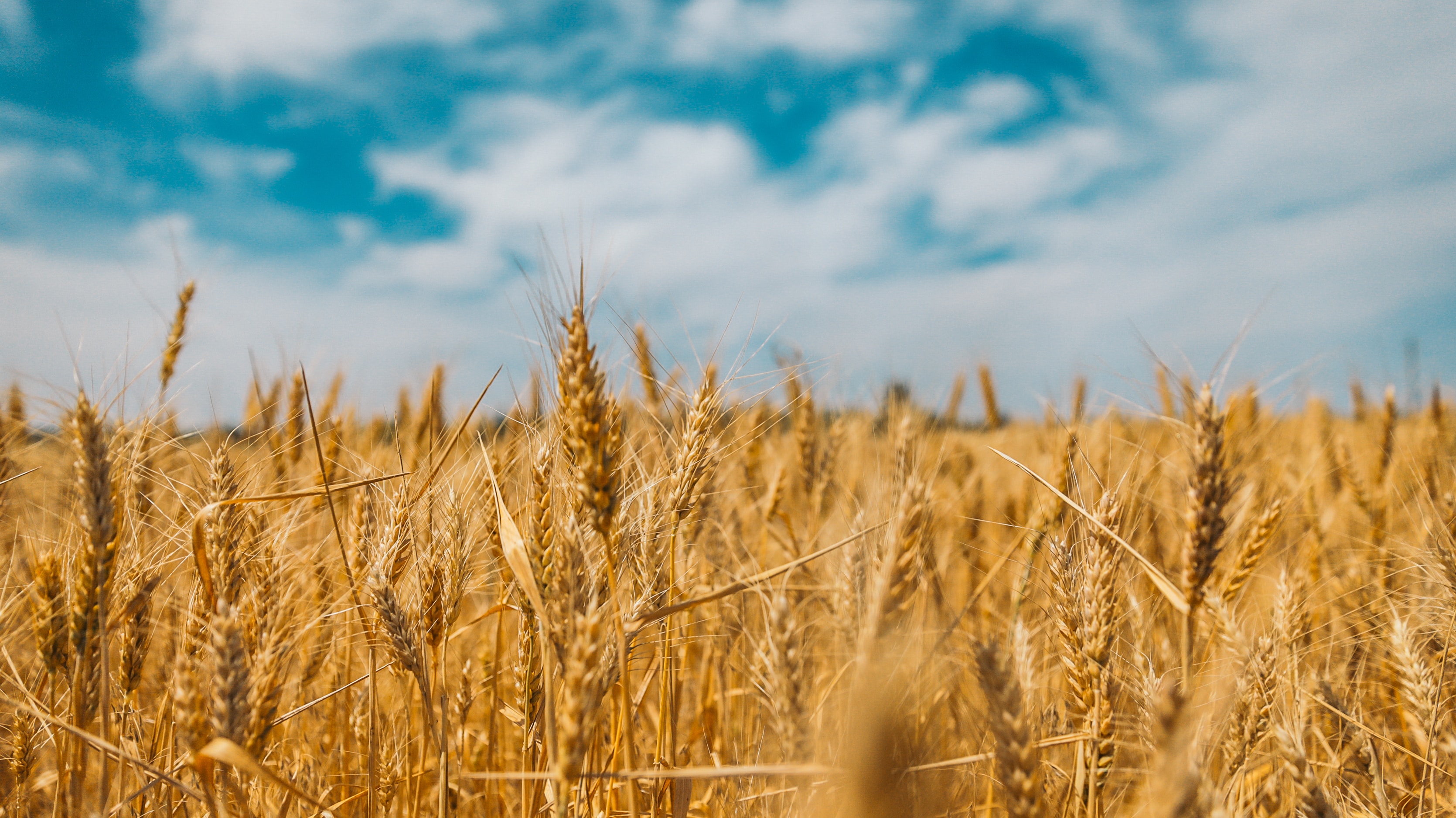
Like it or not, rainfall has been the order of the day for many parts of the country with winter crop still to harvest. Various locations through Southern New South Wales, Victoria and South Australia have received up to 200mls in the last couple of weeks........
Read MoreRain turns the tables on summer crop plantings.
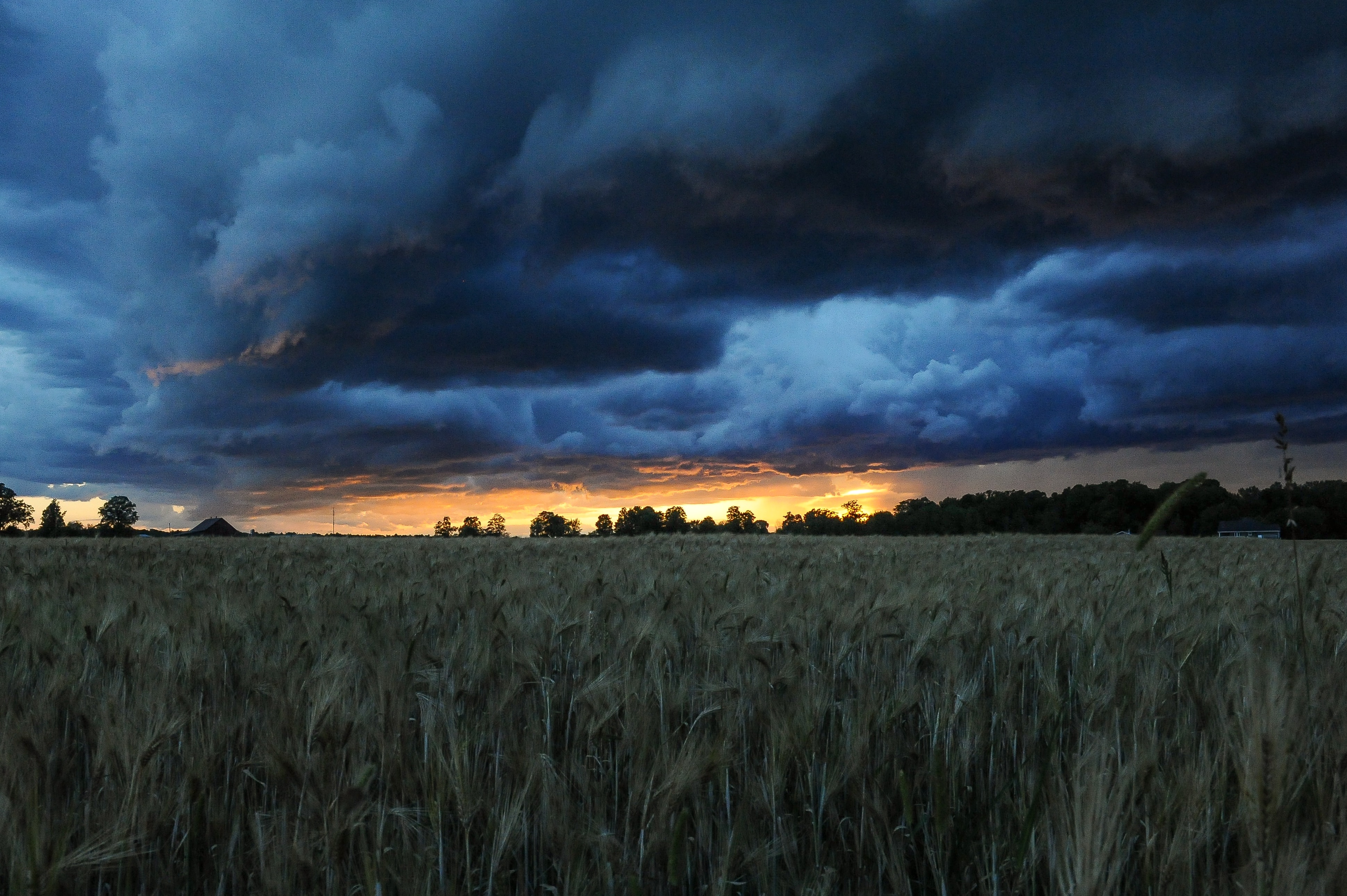
One can only hope that after the big falls across the eastern cropping belt last week, that the BOM manages to get this week’s forecast right, and growers in Southern NSW and Victoria escape any significant additional rain..........
Read MoreRain welcome in the North with Sorghum set to be sown.
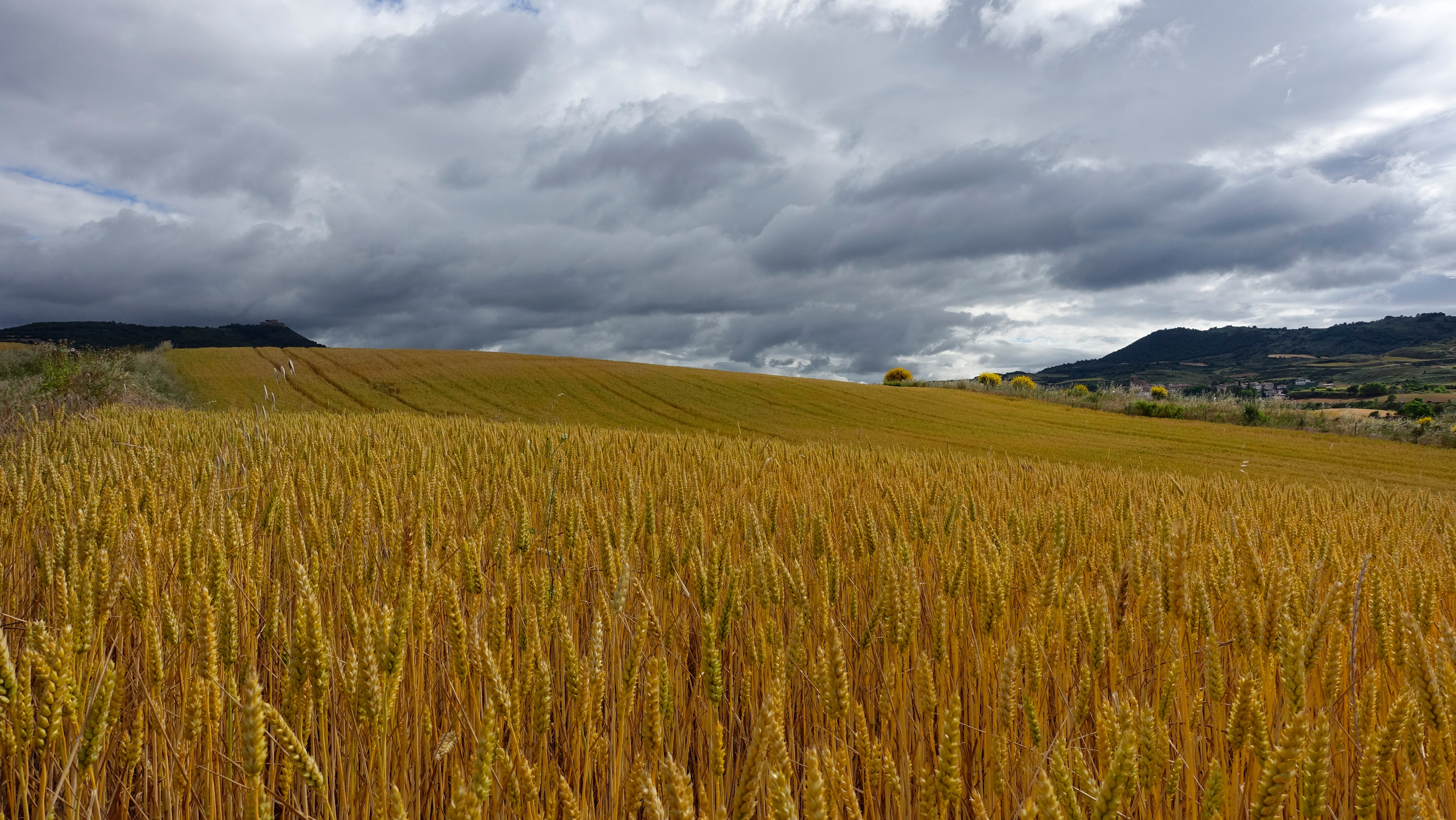
Storm conditions have provided welcome rainfall to areas of Southern Queensland and Northern New South Wales. With rainfall totals between 15-50mm in the last week and some areas receiving more than 100mm........
Read MoreHarvest progresses at record pace
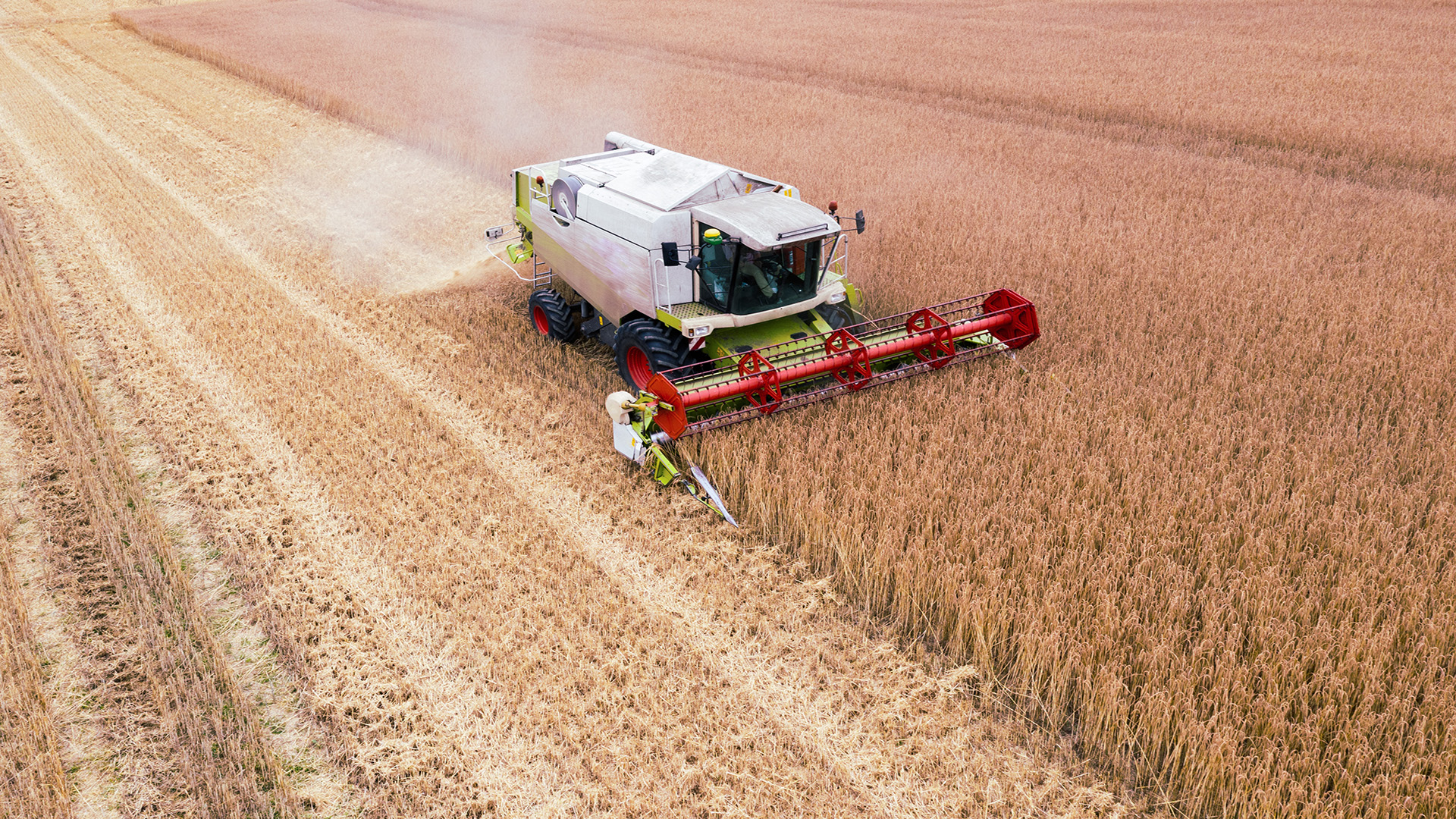
The Aussie winter crop harvest is about halfway toward completion, with plenty of grain still on the stalk in the southern parts of Western Australia, South Australia and New South Wales as well as the bulk of Victoria.......
Read MoreWA Market Wrap
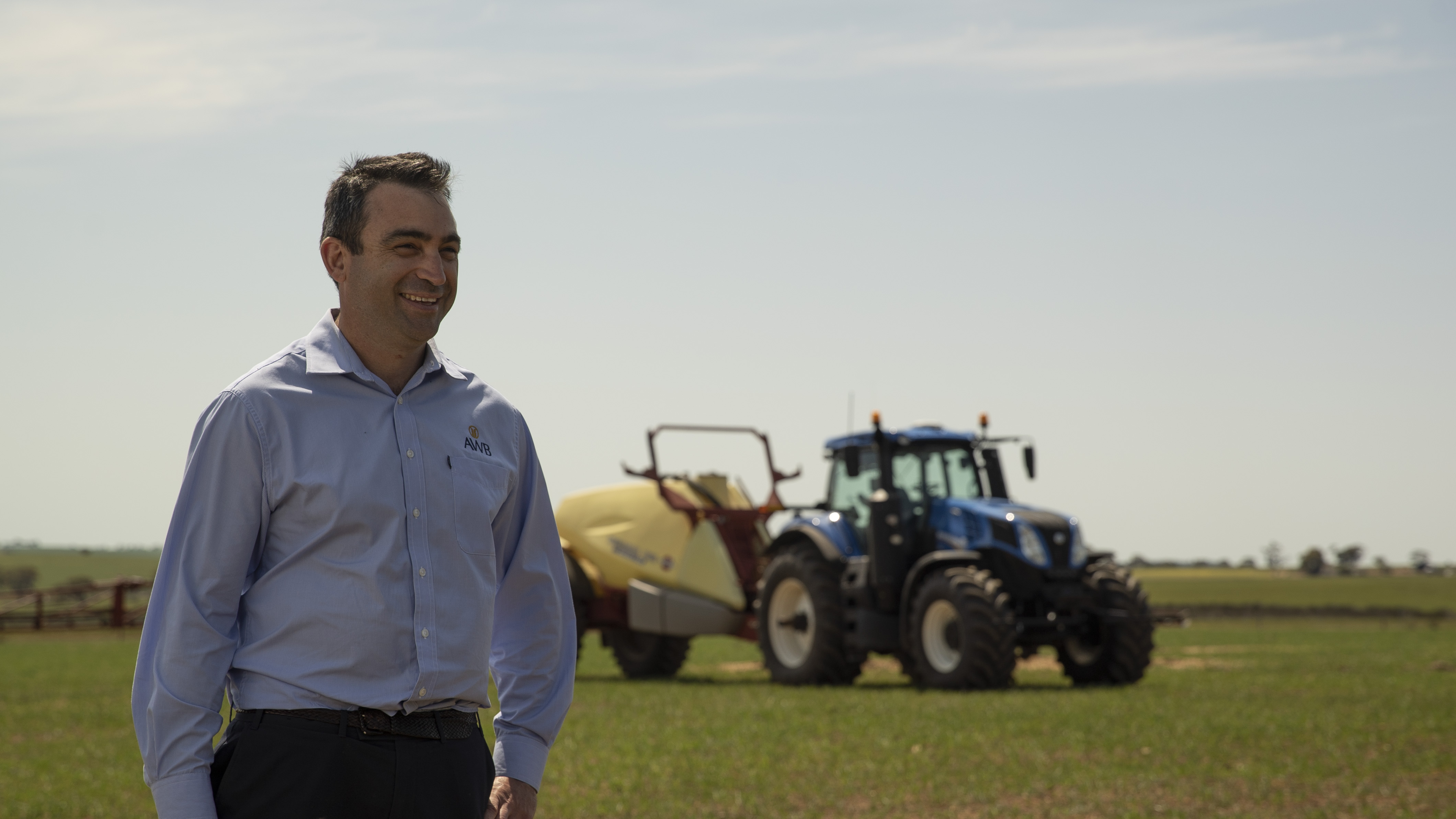
The Western Australian harvest looks like being a quick one with a lot of light crops this year. Receivals in the Geraldton zone started in mid-September and a number of growers have already finished. Production expectations were not high given the lack of summer and growing season rain in most parts of the region......
Read MoreHarvest moves South
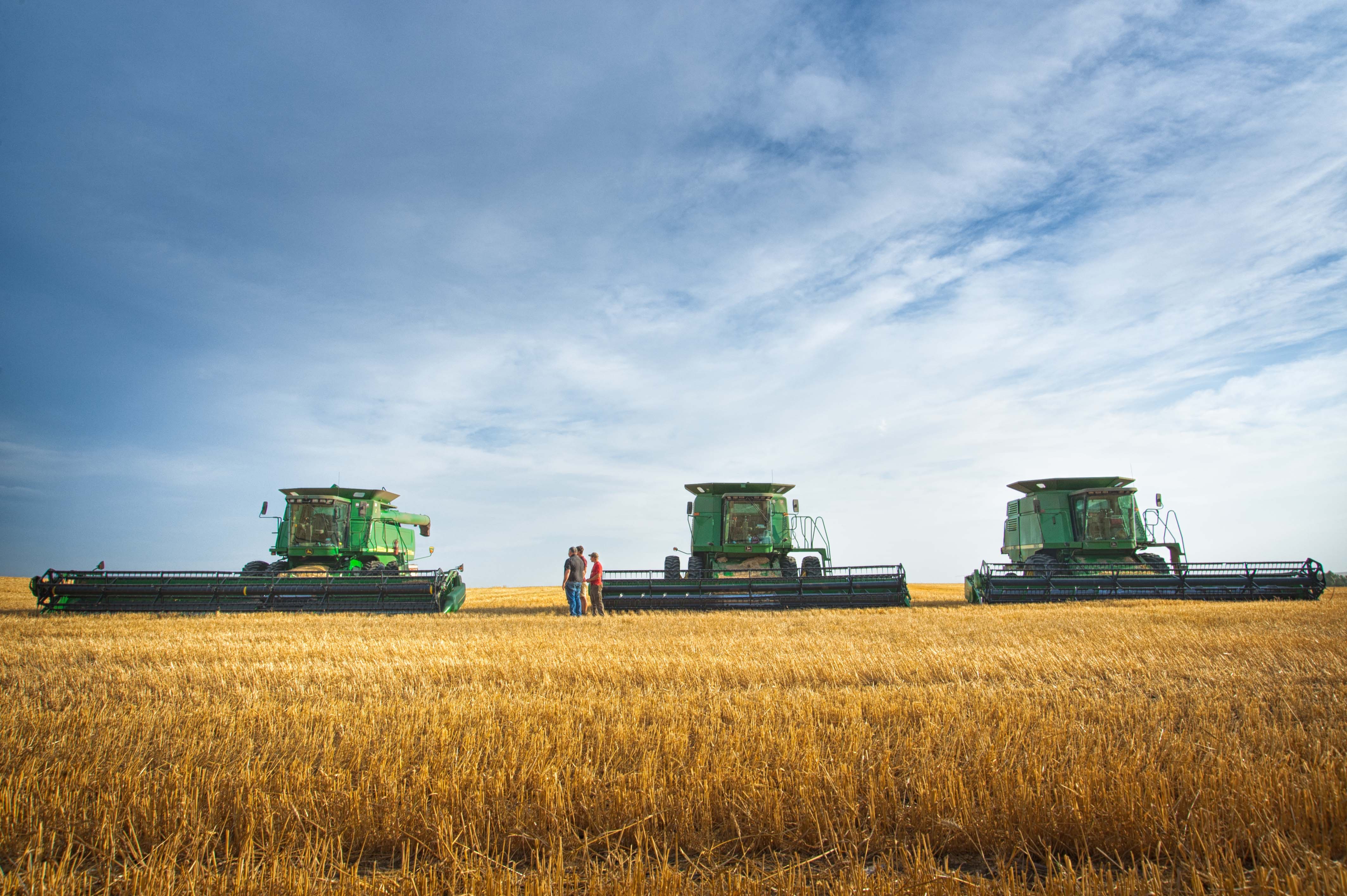
Queensland and Northern NSW have parked the headers and are done and dusted, while Central NSW is about 50% done. Southern NSW is seeing more headers in canola and barley paddocks, and we should start to see some activity in wheat paddocks sooner rather than later......
Read MoreHarvest well ahead of previous years
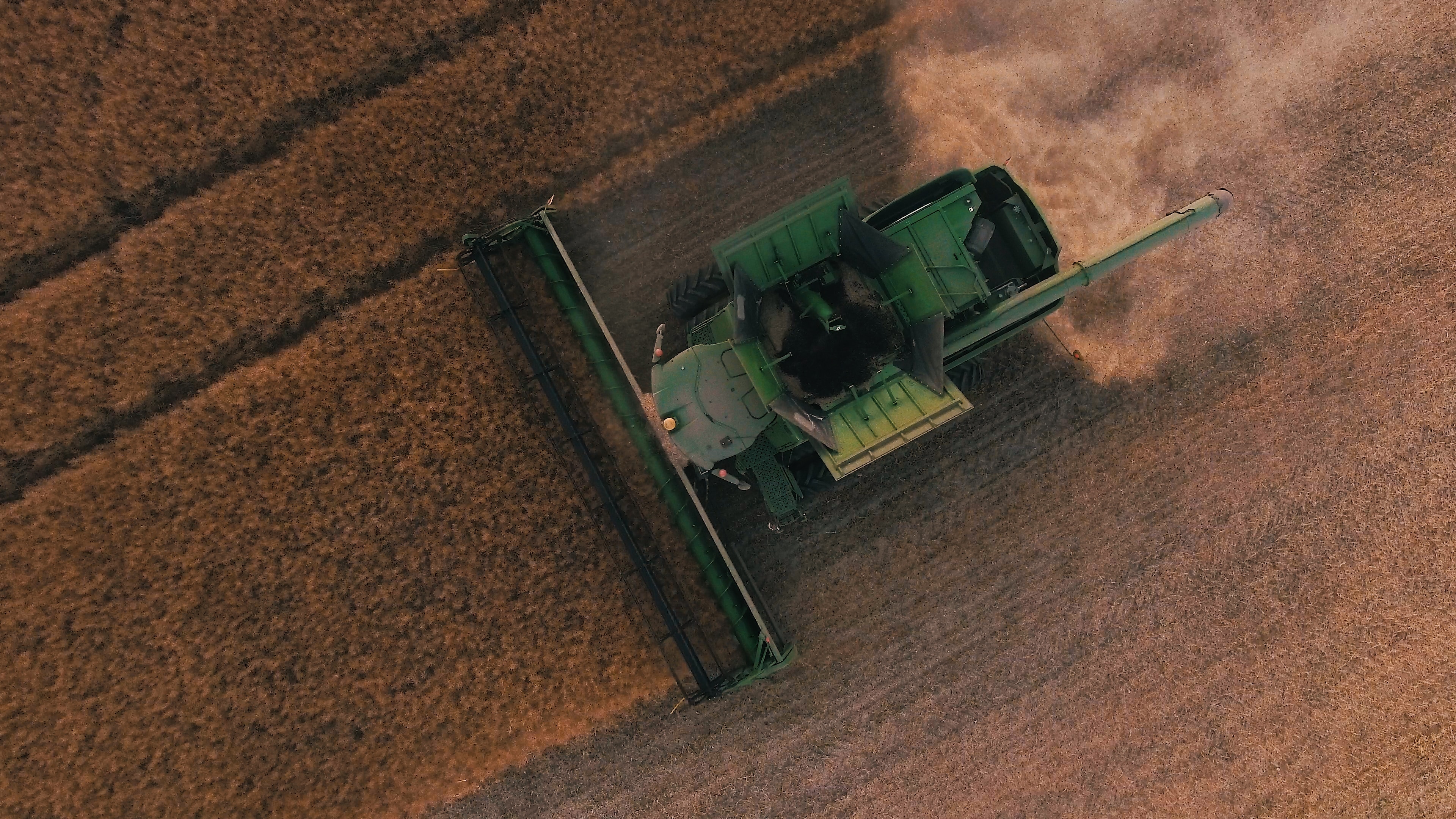
As we move further into November, harvest progresses at an incredibly rapid pace. Traditionally harvest would be 10% completed in the northern part of the Port Kembla zone by the end of the first week of November......
Read MoreAn update on harvest
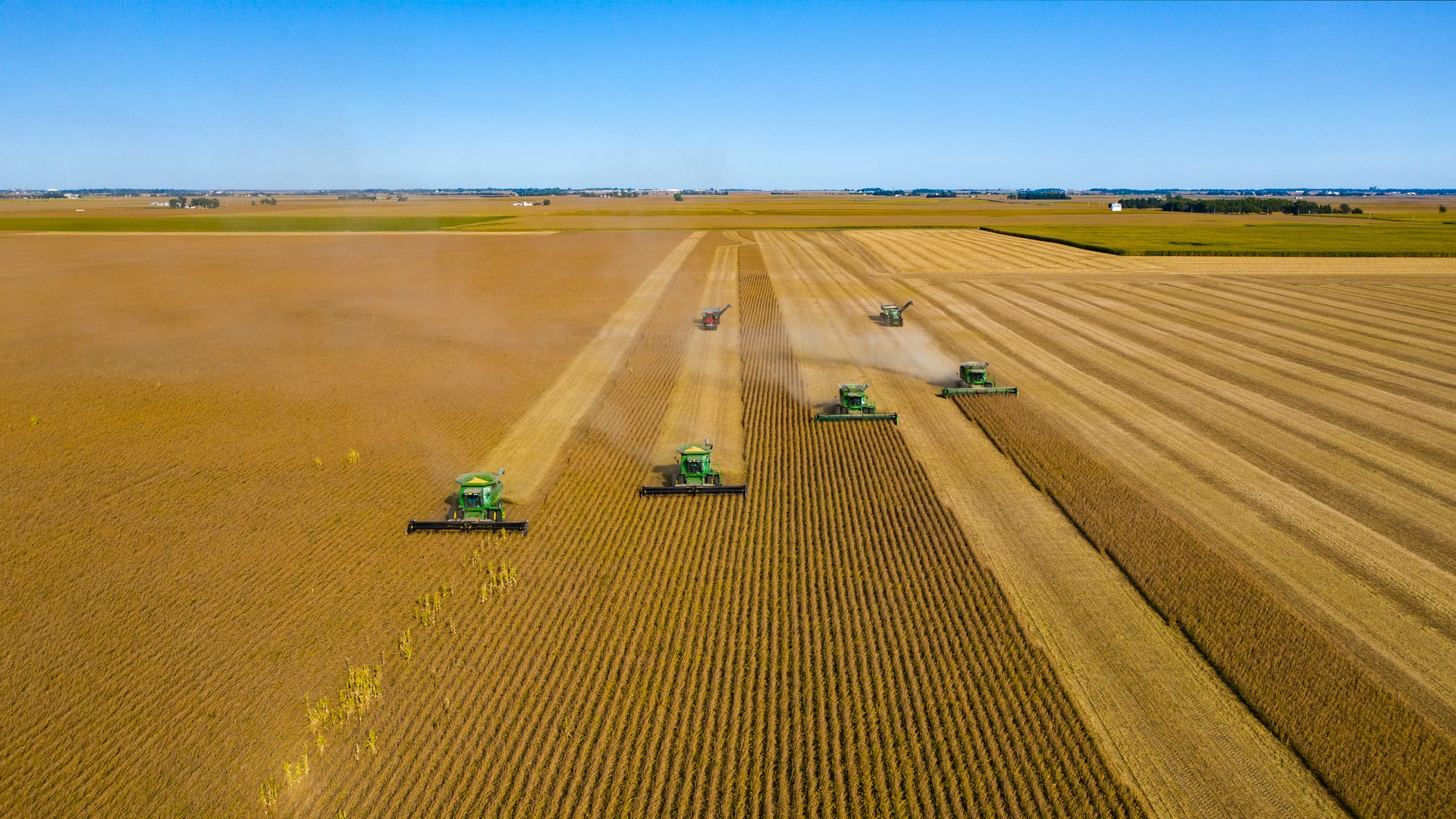
Harvest is rounding the home straight in Queensland and Northern New South Wales nearing 50-60%. Quality to date has been reflective of the seasonal conditions, with the lack of moisture contributing to grades milling around the centre of the quality chart, with ASW1/AUH2/APW1 the main grades being presented at bulk handling sites......
Read MoreDry weather hits sorghum production.
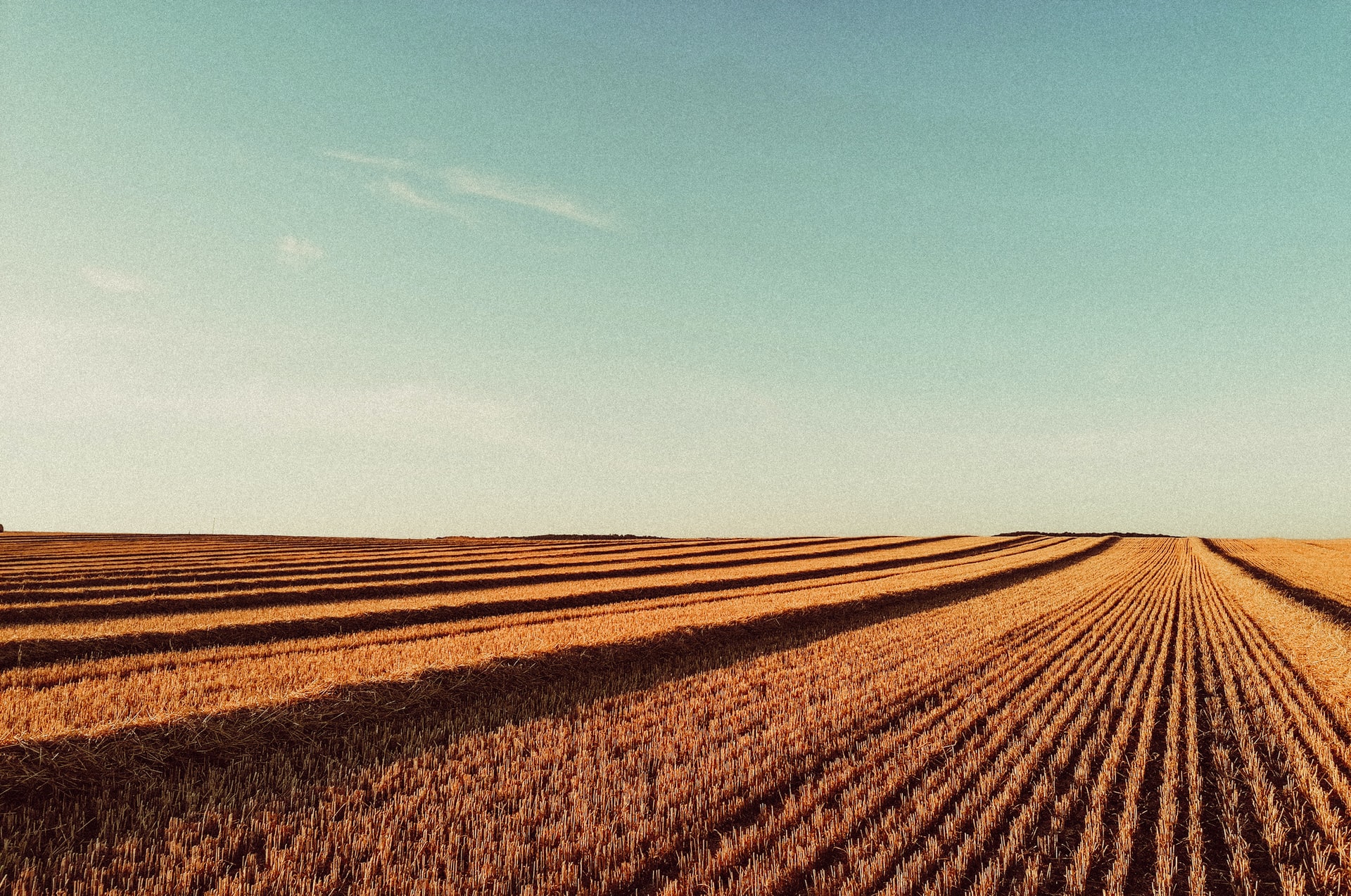
The weather in recent weeks has generally been favourable to most grain producing regions. Areas in the north have seen clear weather allowing harvest to progress at perhaps a pace faster than many would like.....
Read MoreHarvest activity increase sees prices decrease
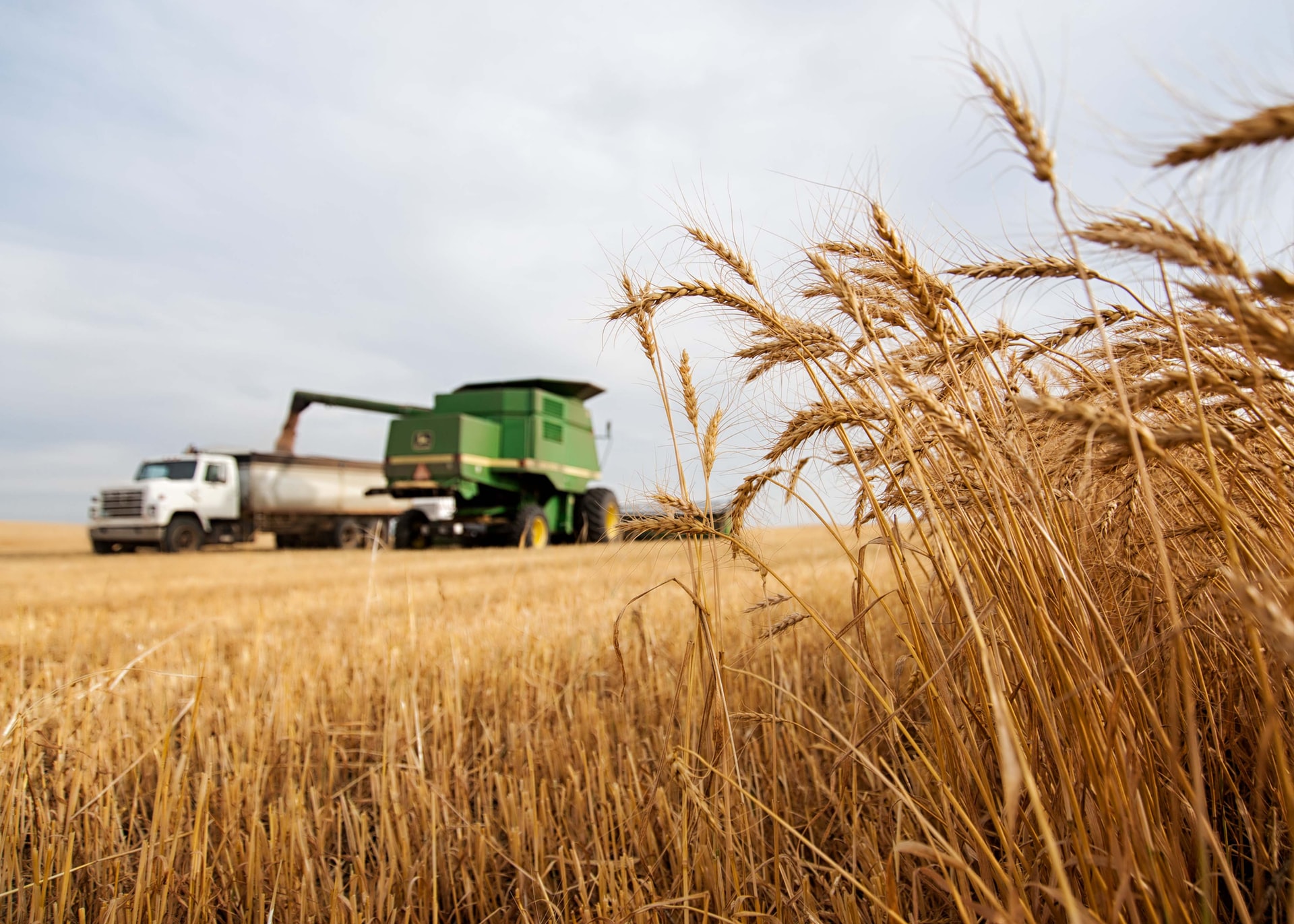
Harvest has now kicked off in most of the country’s northern cropping regions and as header activity rapidly moves south it won’t be long before we’re well and truly underway across all zones. Queensland growers are now stripping wheat as canola is making its way into receival sites as far south as the NSW Sturt Highway....
Read More